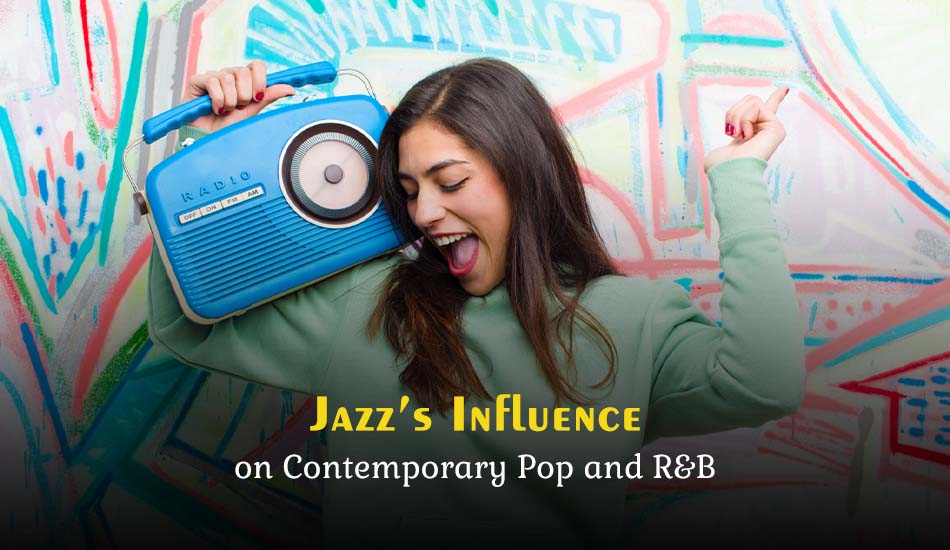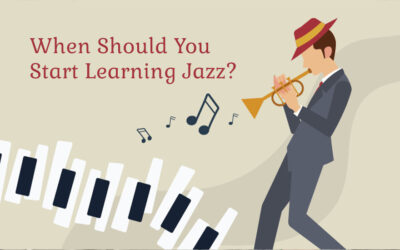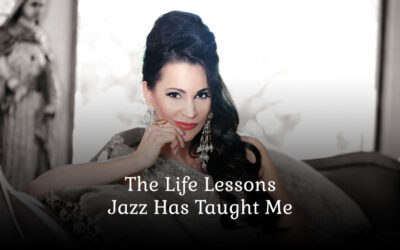Jazz has long been one of America’s greatest cultural exports. Just the same, it’s longtime innovation, emotional depth, and sophisticated musicality has made it a lasting influence over innumerable genres — most particularly, today’s Pop and R&B. These modern genres have evolved to suit the tastes and technologies of their eras, but the influence of jazz is still too deep a part of their DNA.
In this blog, we delve into the deep jazz influence on R&B and Pop, exploring its roots, evolution, and its future.
Jazz and Its Origins: The Building Blocks of Sound
Emerging in the early 1900s, jazz took its inspiration from blues, ragtime, and African rhythms to produce the new, emotion-laden sound. Artists such as Louis Armstrong, Duke Ellington, and Billie Holiday paved the way with complex melodies, rhythmic swing, and improvisational virtuosity. These 1960s trailblazers not only impacted jazz directly, they also paved the way for jazz’s influence on the genres that would follow it, especially soul, funk, R&B, and Pop later.
Using Jazz Elements in Modern Pop Production
Pop music today is characterized by electronic beats and catchy hooks, but many hits subtly feature jazz influences. Everything from syncopated rhythms to extended chords and idiosyncratic instrumental voicings: producers borrow from jazz know-how to impart sophistication and nuance. And artists such as Bruno Mars, Ariana Grande, and John Legend work jazzy chord changes and brass arrangements into their music, a testament to the genre’s timeless draw.
Jazz Meets R&B: The Soulful Evolution of Sound
The blending of jazz influence on R&B has produced some of the most highwire emotional music of our age.” You can see jazz’s influence on R&B particularly in the smooth vocal phrasing, lush harmonies and rhythmic fluidity of neo-soul and contemporary R&B. Artists such as Erykah Badu, D’Angelo and Robert Glasper adopted jazz’s improvisatory ethos and used it to offer deeply personal, groovy songs that resonate with listeners today.
Musical Trailblazers: 5 Early Jazz Artists Who Changed the Game
Legends such as Miles Davis, Herbie Hancock, Ella Fitzgerald and Nina Simone not only altered the course of jazz — they opened new doors for crossover appeal. Their exploration of form, style and genre paved the way for today’s artists to mix jazz with modern sounds. These artists are undoubtedly among the greatest jazz albums and best jazz vocalists of all time, inspiring new generations of performers and producers.
The Jazz Art of Improvisation and What Songwriters and Vocalists Can Do to Incorporate It
A major tenet of jazz is the art of improvisation, and this was foundational in the way modern vocalists and songwriters approached the creation of music. The spontaneous, emotional delivery visible in jazz singing has applied to modern R&B vocalists including H.E.R., Jazmine Sullivan and Daniel Caesar. Their knack for laying raw emotion — vocal runs and phrasing — onto a song’s bones traces directly to the customs of jazz improvisation.
Sampling Jazz: How It Helps Hip-Hop And R&B Songs Rule The Charts
Sampling became a key bridge between jazz and modern genres. Self-styled jazz diggers, hip-hop producers like J Dilla and Madlib regularly used hazy samples from the bygone genre to create beats that were as soulful as they were textured. Likewise, the likes of Kendrick Lamar and Anderson. Paak knit jazz loops into their R&B-adjacent grooves, producing something familiar, yet new and exciting. Such samples are often what expose younger audiences to jazz and provide the intergenerational bridge.
How Jazz Harmony Has Influenced Modern Chord Progressions in Pop
Jazz is a music known for its harmonically rich jungle with complex chords, modern harmonics and progressions. These harmonic hues are used more and more in Pop songwriting for a subtle emotional palette. Songs that draw from a jazz-imbued harmonic language tend to have a depth that allows musicians to create more nuanced, interesting stories.
Conclusion
Jazz has transitioned from its origins in African American communities to being a key feature of modern chart-topping hits. From improvisational techniques and harmonic complexity to emotional expression, the impact of jazz on the world of R&B and Pop is undeniable. With artists exploring and pushing boundaries in ways that blend genres, jazz tenaciously survives—rattling about the music of yesterday, today and tomorrow.
From the best jazz albums of all time to the best jazz singers of all time, one thing certainly stands out: jazz isn’t just a genre, it’s a living, breathing institution that has reverberated through the generations.




